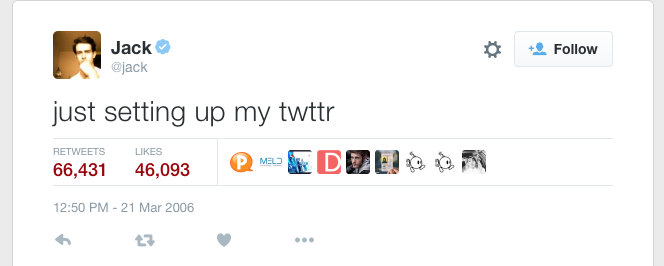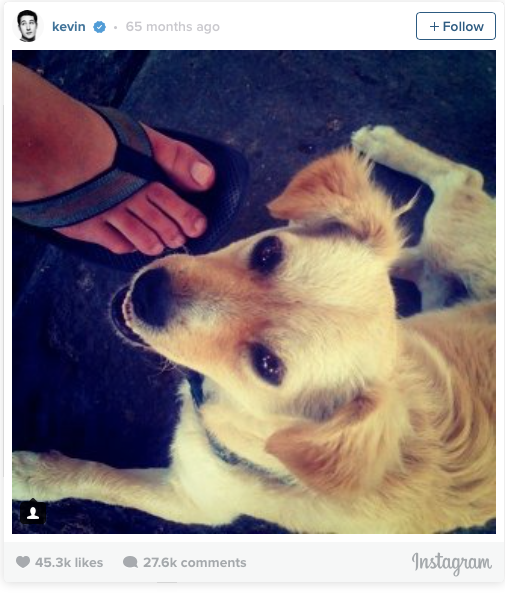
If you’ve been interested in the internet from its early years, or just an internet history buff, you might remember social platforms as, Bulletin Board Systems or “BBSes”. These online meeting places were little more than strings of code that allowed users to talk to one another using phone line access. We have come a long way since BBSes in the way we share content, The content itself has evolved with the internet, what it’s capable of and what we as users expect to gain from social sharing.
How many times a day do you check Facebook? Or scroll through Instagram to see what everyone is up to? Personally, I check Facebook for everything ranging from events going on at my favorite music venues to checking out menus at new restaurants. To understand where we should be posting as well as the type of content, it’s interesting to take a step back and look at where these social platforms started and how they have changed.
Facebook – February 4, 2004
The first Facebook pages were limited to an exclusive group of people at Harvard University where Facebook was created. Eventually, it expanded to universities in Boston and then on to the rest of the United States. By September 2006 it was available to everyone over 13 years old with a valid email address. As time goes by, Facebook has struggled to keep up with emerging platforms. New mobile applications continue to gain popularity over desktop social sharing. Facebook continues to update and release mobile features, but the app feels clumsy and the extra add-ons make using the app more difficult than some other social platforms.
Even now, the amount of information and the multiple functions on Facebook creates problems in how it defines itself on mobile. Facebook has separate applications for it’s messenger function and soon there will be a separate app for events. Facebook is not self contained like Twitter and Instagram in one easy to use, on the go app. Transitioning all of the information and capabilities of Facebook to a mobile application is an ongoing struggle. Facebook’s strength is its supply of information, especially for marketers, but that is also the biggest challenge in the mobile version.
Twitter is almost ten years old and it’s hard to image life without it. The first tweet posted on March 21, 2006 by Co-founder Jack Dorsey reads more like an early Facebook status than what we’re used to seeing on Twitter today. The social platform was a more condensed Facebook in the beginning, but soon took on an identity of its own and filled a void none of us had even noticed, instant updates in 140 characters or less. Twitter began as a website, but seamlessly made the transition to mobile. Where Facebook struggled, Twitter excelled. The history of Twitter and it’s 140 character limit, simple design and continuous feed made it ideal for mobile use. Twitter has grown into the vehicle for instant communication and real time social interaction between audiences, celebrities and brands that never really existed before. Today, your business can use Twitter to keep up in real time. Twitter – March 21, 2006

Instagram – July 16, 2010

As online socialization grows and new platforms emerge, one thing has remained consistent, your followers want to see some of the personal side of everyday life, whether that be from a brand, business or person. It’s hard to say which social platforms will be around in 5 years, but as things evolve it’s crucial to stay on top of the capabilities of social media. If you have a Facebook page that hasn’t seen a new photo in months or a Twitter feed that hasn’t been used since you set it up, it’s safe to say it’s time to overhaul your social presence. If you need help catching up, peruse our Social Media Starter Kit to get in the social game.
